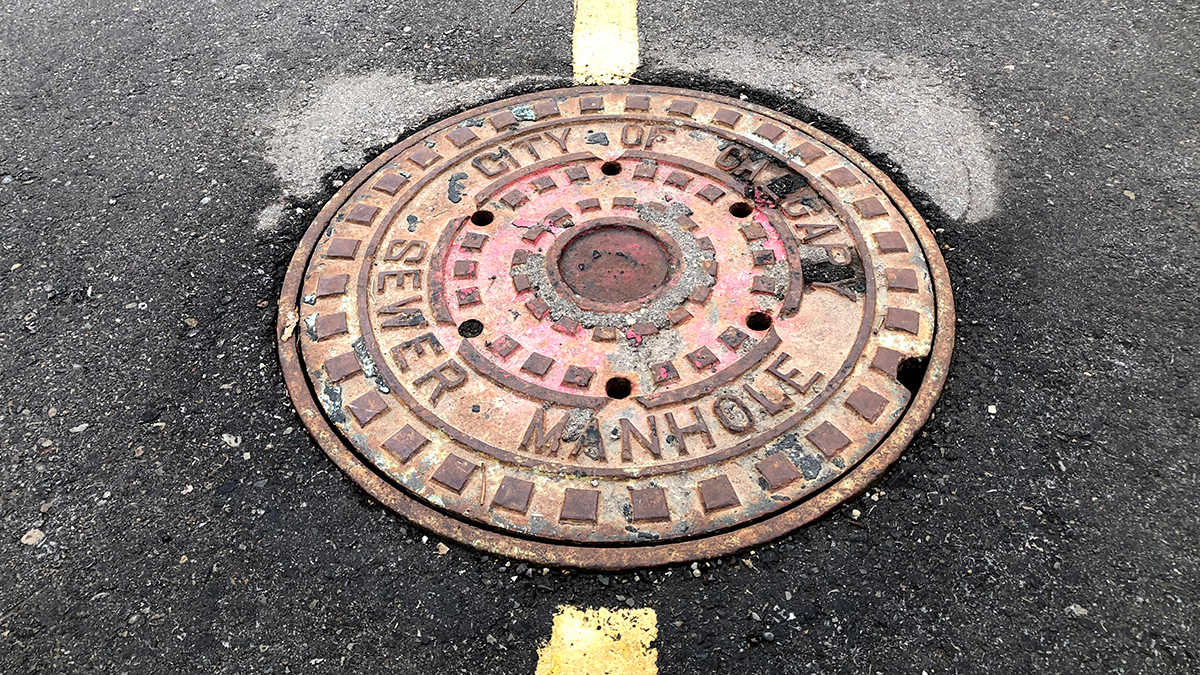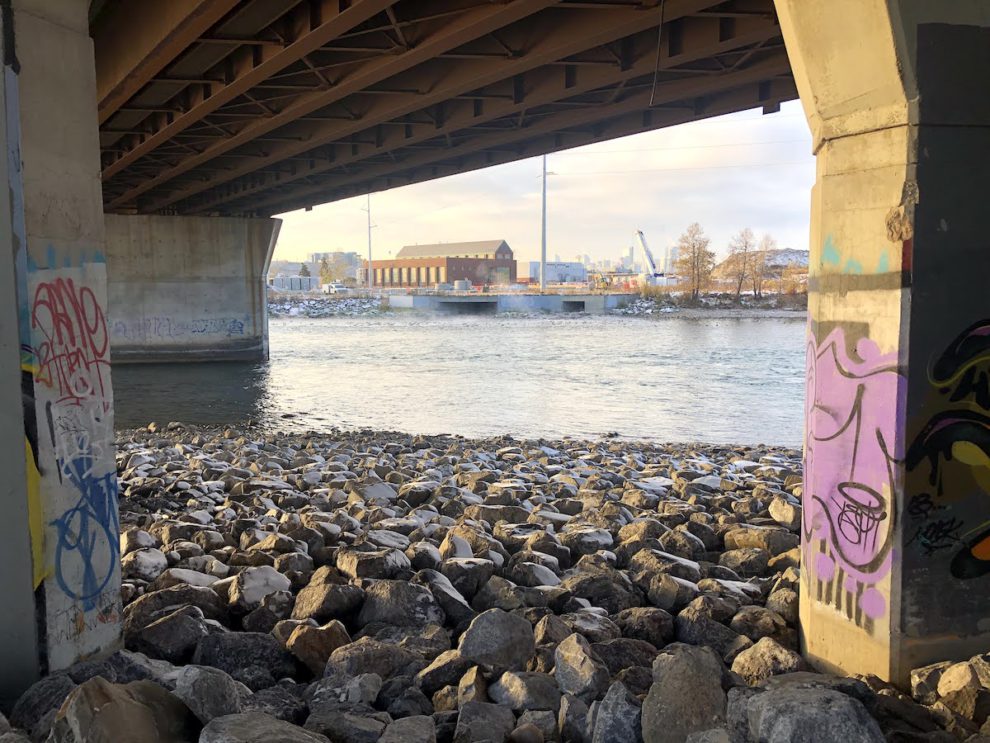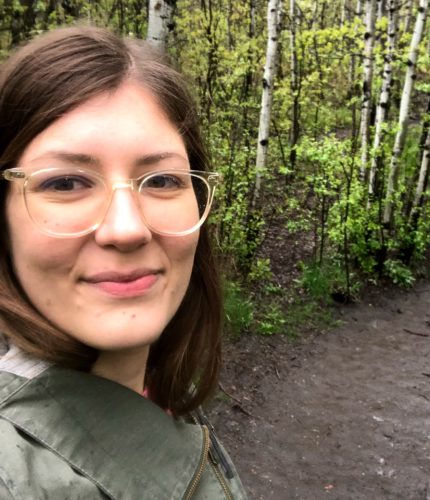Companies look in wastewater for COVID-19 answers
Testing underway in Alberta's sewers

caption
Companies looking at the spread of COVID-19 can sample wastewater at various utility holes.A Calgary-based company and partnering laboratory are bringing to market a way to monitor sewage for COVID-19 through a commercial process available to communities small and large.
“We have the ability of going to … a street level, to an institution, like a correctional facility centre, as well as a city,” said Paul Westlund, president of CEC Analytics.
Westlund and OSP Microcheck, a company that typically offers laboratory and consulting services to the oil and gas industry, have worked together since March to develop their method for monitoring COVID-19 in wastewater.
Westlund, who has a PhD in chemical engineering and whose company analyzes wastewater contaminants, said they spent the early part of the pandemic testing the wastewater of rural towns in Alberta as pilot projects.
Virginia Wornstaff, chief technology officer at OSP Microcheck, said they want to provide data to help various groups decide how to respond to the pandemic. For example, a meat-packing plant could monitor the effectiveness of its health measures and potentially keep ahead of outbreaks.
“We want to make sure, No. 1, that people know there’s access to this, that there’s value in it. It doesn’t matter if it’s individual businesses, private, or if it is on the public side,” Wornstaff said.
Westlund and OSP Microcheck’s work is among efforts by researchers around the globe to investigate how the existence of COVID-19 in wastewater can be used to inform public health strategies.
Early in the pandemic, researchers discovered that both symptomatic and asymptomatic individuals infected with COVID-19 shed parts of the virus’ genetic material, in the form of RNA (or ribonucleic acid), in their feces.
Other researchers hypothesized that by monitoring the quantities of the virus’ RNA in sewers, they could forecast if the virus was spreading in a population.
Universities across Canada quickly launched long-term projects to test the theory.
“In principle, the wastewater might give you information five days early compared to … clinical positive tests,” Casey Hubert, an associate professor in the biology department at the University of Calgary, said in an interview.
In June, the University of Calgary partnered with the City of Calgary and Alberta Health Services to monitor the city’s wastewater for COVID-19.
Hubert, who is a researcher on that team, said they’re sampling at strategic spots in the sewer system, such as down utility holes, based on what would be helpful for public health authorities to anticipate how the pandemic is moving through the city. The project is ongoing.

caption
Companies can sample wastewater at treatment facilities such as the Bonnybrook plant, seen in the distance.While most research teams, including Westlund and OSP Microcheck, have different sampling strategies, the test they use to identify and quantify the virus’ RNA is the same.
It’s an established test and very specific, “kind of like having a phone number for a person,” said Hubert. But the test can be complicated by “messy sewer samples,” which can contain interfering contaminants.
Wornstaff said OSP Microcheck’s experience working with the oil and gas industry, which “has the worst fluids that you have to deal with in the world,” positions them well to handle complex wastewater samples.
Westlund and Wornstaff say their process can determine if the virus’ RNA is present in a sample of wastewater, as well as trends in the amount of the RNA from samples taken over time.
However, because individuals excrete different amounts of the virus’ genetic material and the detection of it can vary based on those messy sewer samples, analysis of trends may not always provide definitive answers.
Yet for communities that may not have any known or current cases of the virus, evaluations of their wastewater can be especially useful.
“You’re able to see a whole population from a community level, whether you have COVID existing or not. That’s very powerful,” said Westlund.
About the author

Nicole Foussekis
Nicole Foussekis (she/her) lives and writes in Mohkinstsis, also known as Calgary, on Treaty 7 land in Alberta. She is an avid daydreamer and...